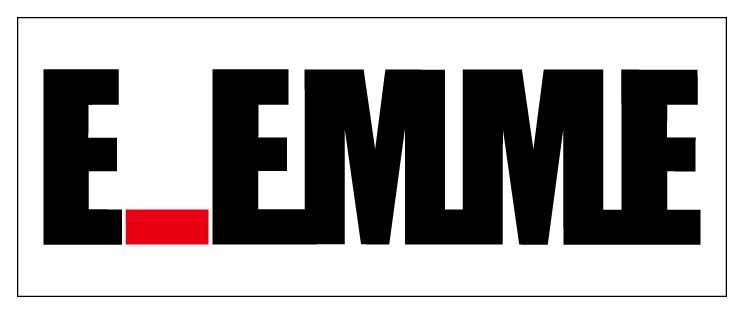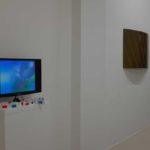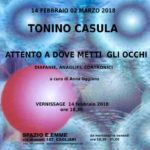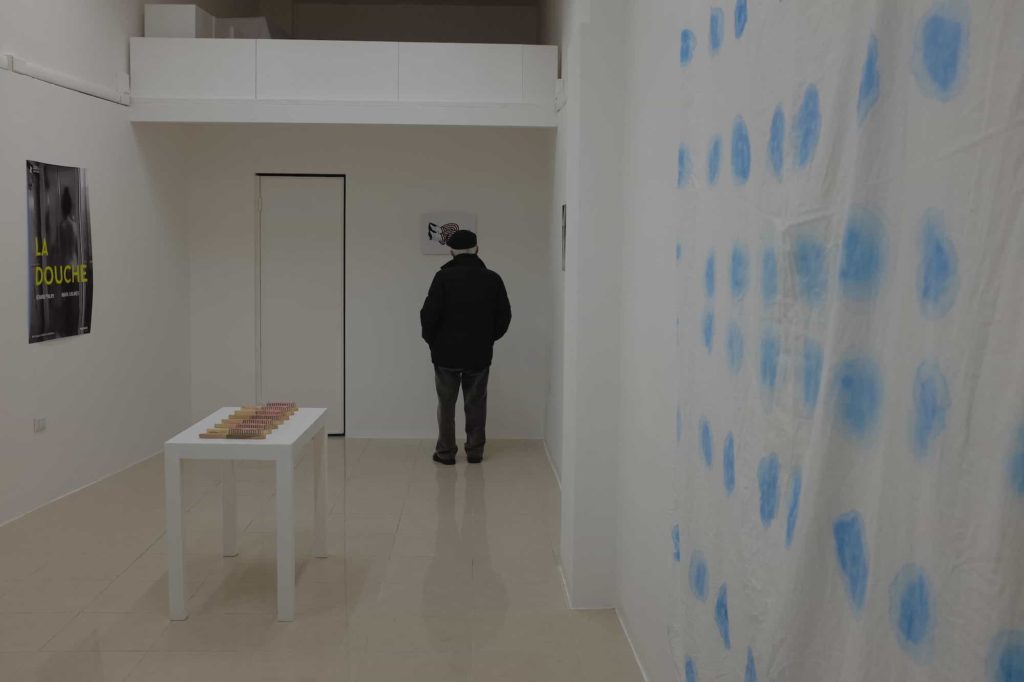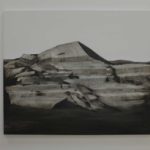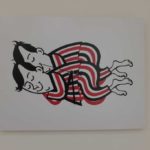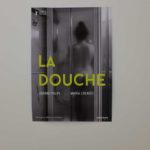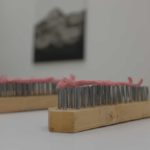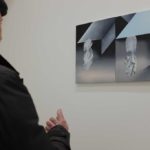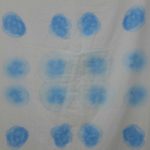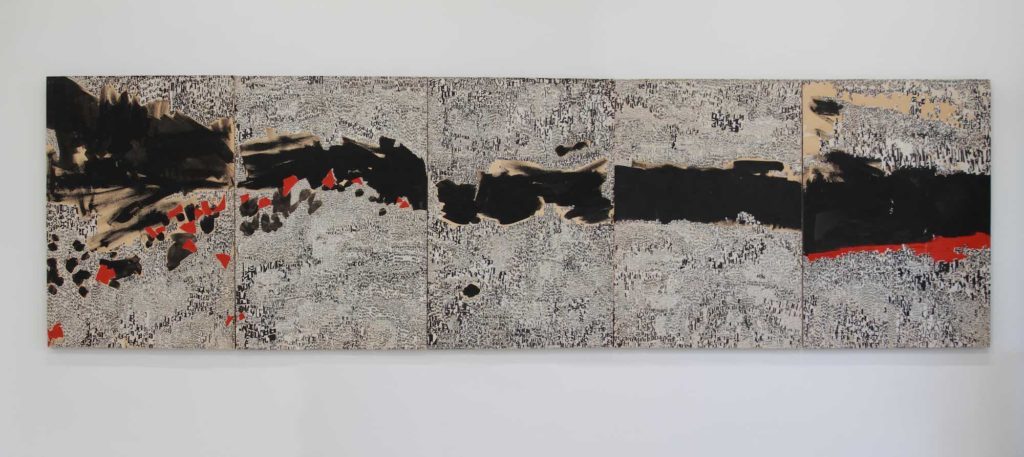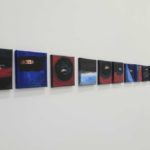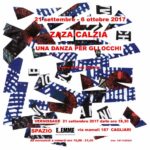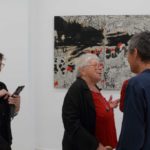14 February – 2 March 2018
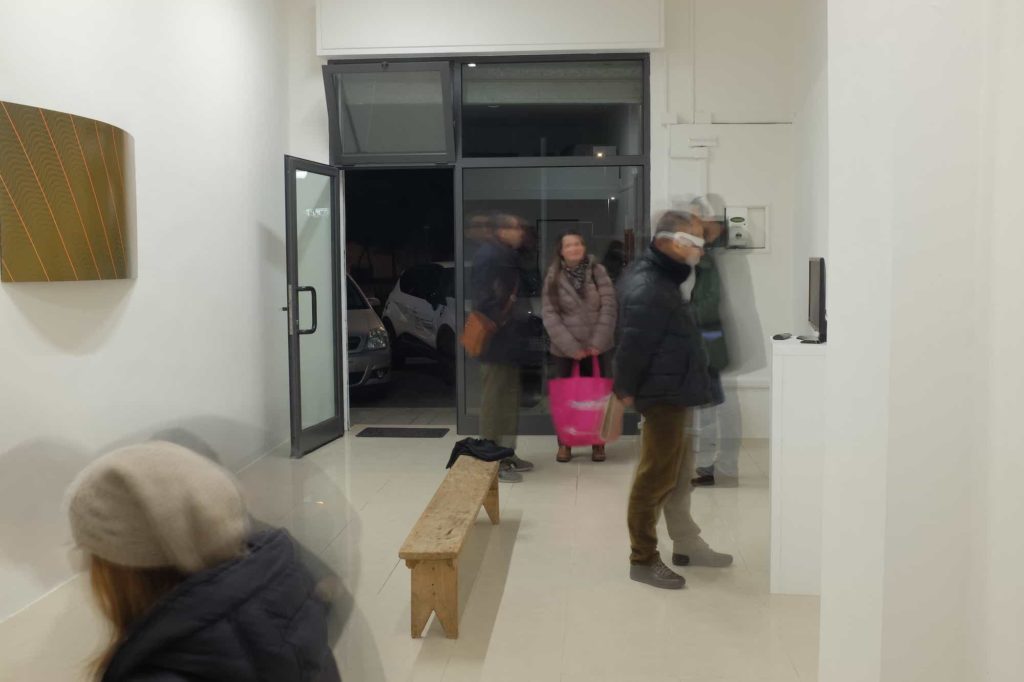
Technical sheet: n. nitroacrylic on shaped masonite, 120x90x20cm, 1970, n.1 paint on forex, 80x90cm 1985, n.2 televisions, n.40 red/blue 3D glasses, n.73 diaphanous works, anaglyphs, two-dimensional cortronici and 3D works dating from 1989 to 2017.
On display, there is a selection of video-sculptorial-musical works made in the last thirty years, diaphanous works, anaglyphs, two-dimensional cortronici and 3D works, video works characterized by the use of contemporary music and more.
It is an opportunity to deepen, or discover for the first time, the research of this extraordinary artist and reflect on the ties between science, technology and art, both figurative and acoustic.
Biography: Tonino Casula (Seulo 1931) is an Italian artist and essayist. He was one of the founders of the Transactional Group in 1966, together with Ugo Ugo, Italo Utzeri and Ermanno Leinardi.
From the ’60s, to overcome traditional languages, he started using unusual tools and materials (spray guns and car paint, pvc, plexiglass…). In the years from 1990 to 1993, he worked with computers, creating the diaphanous works that he also used in theater, ballets and concerts. Starting from 1990, he used computers to create the cortronici. As an elementary teacher, he innovated the teaching of abstract art. He has published for Einaudi Impara l’arte, Il libro dei segni, Tra vedere e non vedere, Vedere e sapere, as well as various iconic texts for Mondadori, Taccuini per il Capitello, Leggere l’immagine for Fabbri editori (a monographic edition of Parlare et scrivere oggi), Linguaggi visivi, Storia dell’arte, Psicologia della percezione (Multigrafia Editrice), Arte per la didattica (Vita e pensiero), La costruzione del desiderio (Città Studio Edizioni).
He lives and works in Cagliari.
Homepage: www.toninocasula.net
